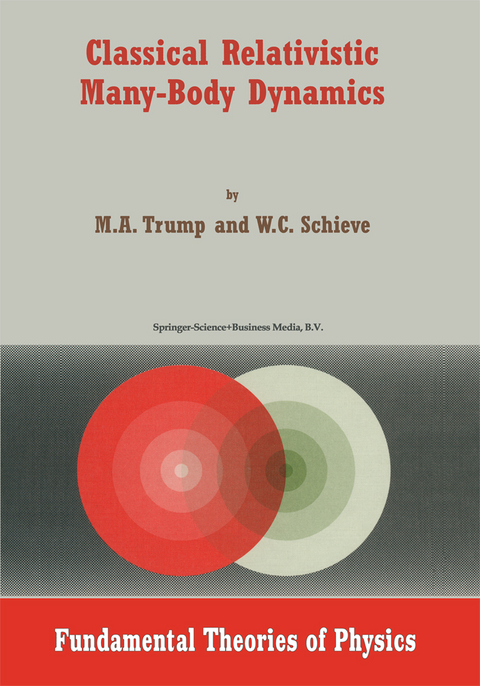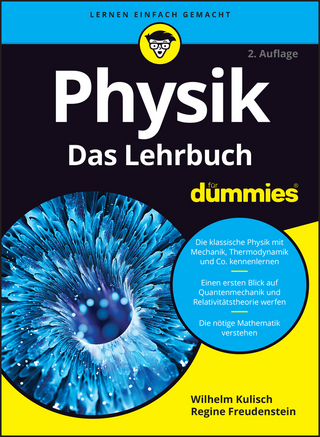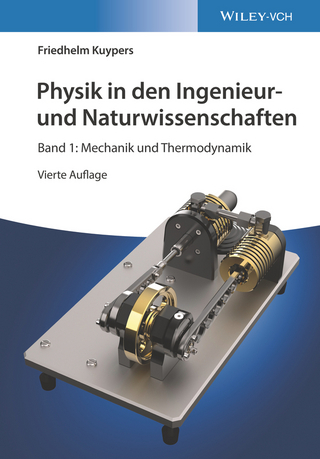
Classical Relativistic Many-Body Dynamics
Springer (Verlag)
978-0-7923-5737-7 (ISBN)
1 Introduction.- 2 Frame-Dependent Kinematics.- 3 Covariant Kinematics.- 4 The Dynamical Theory.- 5 The Lagrangian-Hamiltonian Theory.- 6 The Coulomb Potential (I).- 7 The Coulomb Potential (II).- 8 Conclusions and Suggestions.- A The Geometry of World Lines.- A.1 The Geometry of 1-d Curves.- A.1.3 Applications to Nonrelativistic Motion.- A.1.4 Applications to Relativistic Motion.- A.2 Spacetime Curves.- A.2.1 Special Relativistic Kinematics.- A.2.2 World Lines as Regular Curves.- A.2.3 The Unit Binormal Four-Vector.- A.2.4 The Unit Trinormal and Orthonormal Tetrad.- A.3 The Covariant Serret-Frenet Equations.- A.4 The Active Lorentz Transformation.- A.4.1 The Fermi-Walker Operator.- A.4.2 The General Co-Moving Frame.- A.5 Conclusions.- B The Solutions Derived by Cook.- C The No Interaction Theorem.- C.1 Comments on the Proof.- D Classical Pair Annihilation.
| Erscheint lt. Verlag | 31.7.1999 |
|---|---|
| Reihe/Serie | Fundamental Theories of Physics ; 103 |
| Zusatzinfo | XVI, 370 p. |
| Verlagsort | Dordrecht |
| Sprache | englisch |
| Maße | 155 x 235 mm |
| Themenwelt | Naturwissenschaften ► Physik / Astronomie ► Allgemeines / Lexika |
| Naturwissenschaften ► Physik / Astronomie ► Relativitätstheorie | |
| Naturwissenschaften ► Physik / Astronomie ► Theoretische Physik | |
| ISBN-10 | 0-7923-5737-X / 079235737X |
| ISBN-13 | 978-0-7923-5737-7 / 9780792357377 |
| Zustand | Neuware |
| Informationen gemäß Produktsicherheitsverordnung (GPSR) | |
| Haben Sie eine Frage zum Produkt? |
aus dem Bereich


